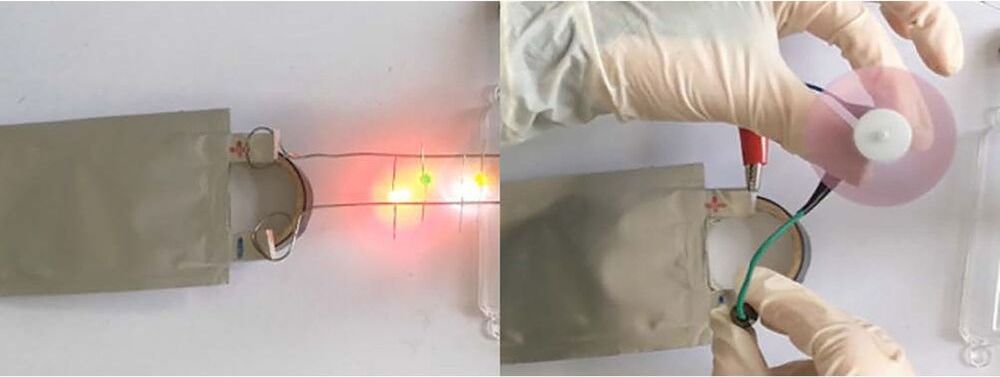Sodium-ion batteries are a potential replacement for lithium batteries, but the anodes—positively charged electrodes—that work well for lithium-ion batteries don’t provide the same level of performance for sodium-ion batteries.
Amorphous carbon, which lacks a crystalline structure, is known to be a useful anode, because it has defects and voids that can be used to store sodium ions. Nitrogen/phosphorus-doped carbon also offers appealing electrical properties.
In Applied Physics Reviews, researchers in China from Zhejiang University, Ningbo University, and Dongguan University of Technology describe how they applied basic physical concepts of atomic scale to build high-performance anodes for sodium-ion batteries.
